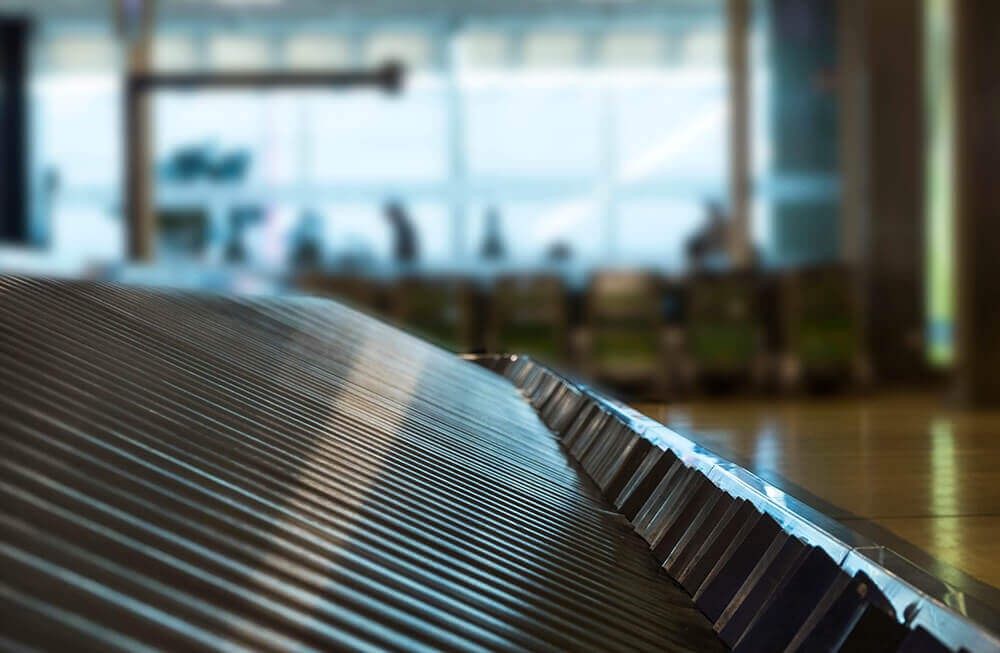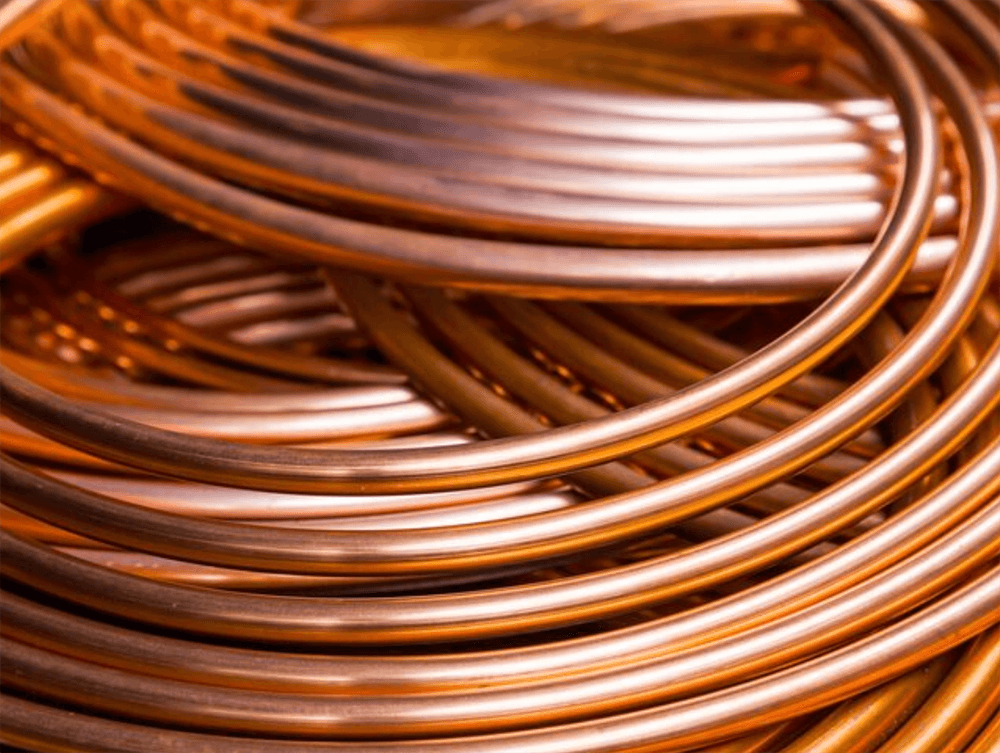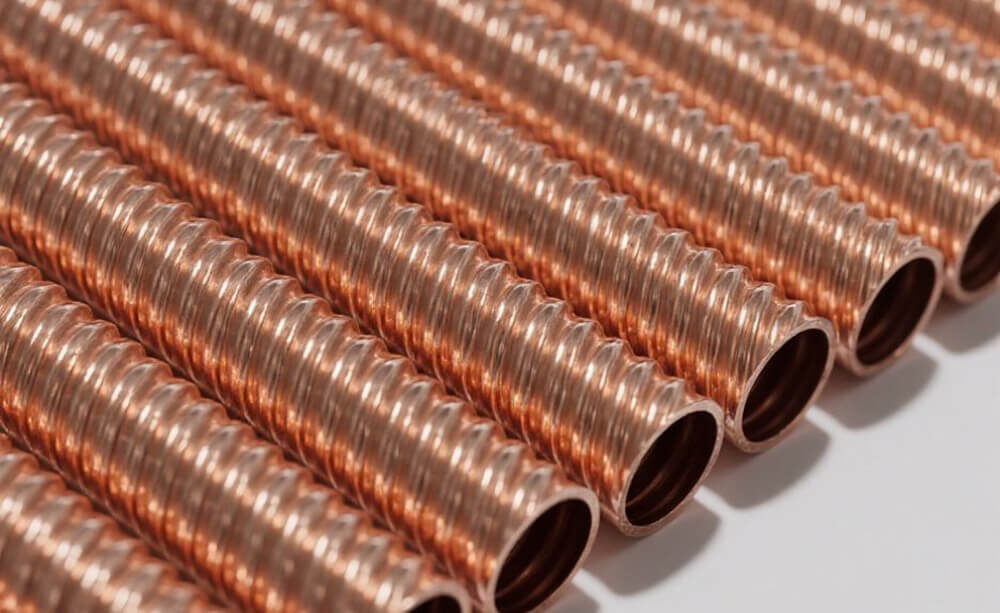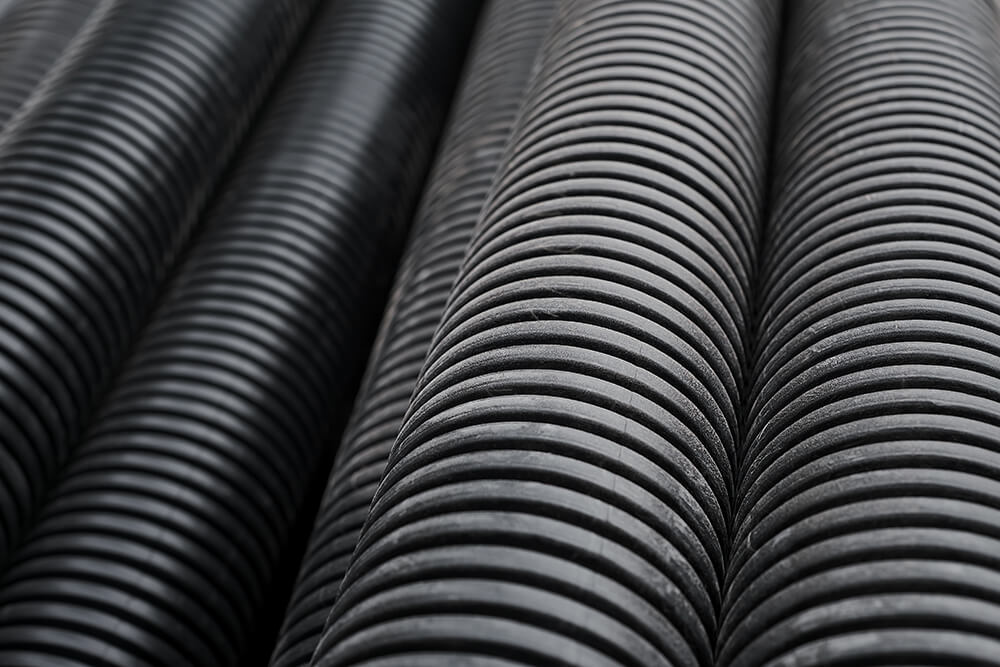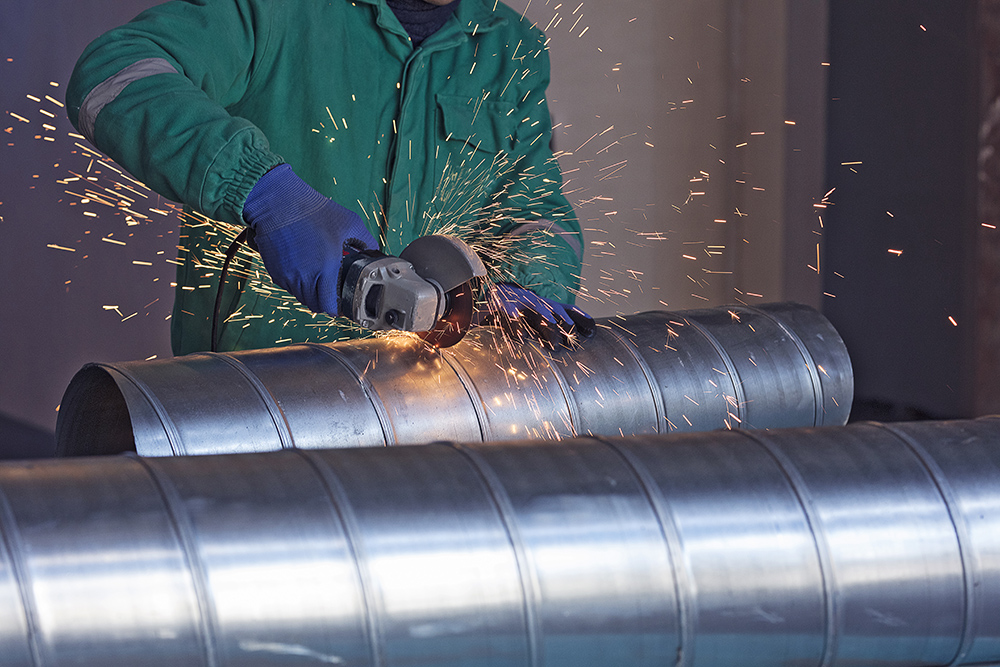The shape and size of the open seams of open-seam finned copper tubes have the following specific effects on their performance:
Shuttered slit:
Heat transfer performance: air flow through the slit will form a complex flow state, generating vortex and secondary flow, which can effectively destroy the boundary layer, strengthen heat transfer, make the heat exchange between air and fins more adequate, and improve the heat transfer coefficient.
Resistance properties: air flow resistance is relatively large, because the air flow through the louvered slit, the flow direction is constantly changing, and will collide with the slit wall and friction, resulting in increased pressure loss.
Anti-frost performance: the airflow disturbance at the open slit can destroy the growth of the frost layer, so that the frost layer is not easy to form uniformly on the surface of the fins, slowing down the speed of frost, and even if the frost, the frost layer structure is also relatively loose, which is conducive to frost frost when the frost layer falls off.
Parallel slit
Heat transfer performance: can cut the boundary layer to a certain extent, so that the boundary layer re-growth, reduce the average thickness of the boundary layer, and enhance heat transfer. However, due to the single direction of the slit, the complexity of the airflow disturbance is not as good as that of the louvered slit, and the heat transfer enhancement effect is relatively weak.
Resistance properties: parallel slits on the airflow obstruction is relatively small, the air flow is smoother, the flow resistance is lower than the louvered slits, which can reduce the energy consumption of the fan and reduce the operating costs of the system.
Anti-frost performance: it can make the air distribution on the fin surface more uniform, reduce the local frost phenomenon, and the airflow at the slit can take away part of the heat, reduce the fin surface temperature, and inhibit frost.
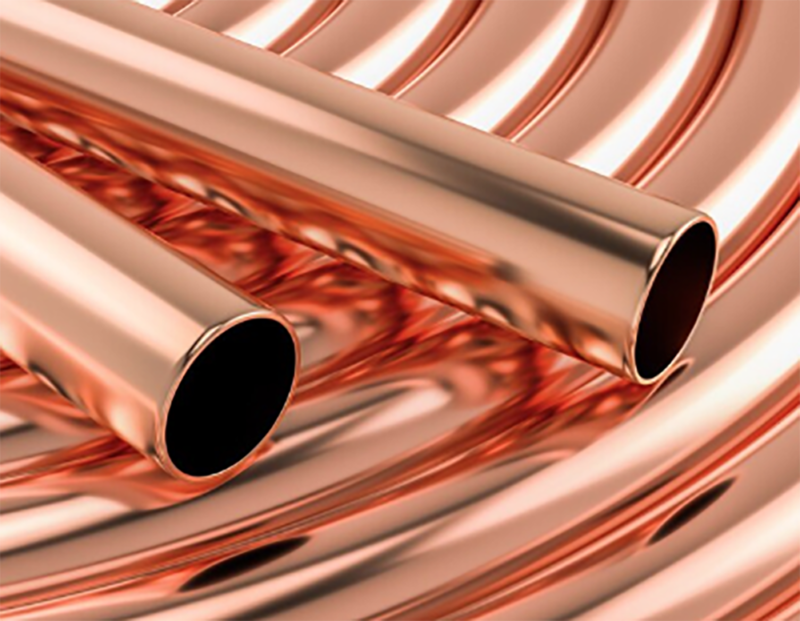
Height of slit
Heat transfer performance: relative to the increase in the height of the slit, the cross-section of the gas flow between the fins becomes smaller, and the airflow disturbance is enhanced. When exceeding a certain value, the disturbance between neighboring fins is more violent, the destruction of the fluid boundary layer is more obvious, and the air side convection heat transfer is strengthened. However, if the slit is too high, the effective heat dissipation area of the fins may be reduced, affecting the overall heat transfer effect.
Resistance characteristics: the greater the height of the slit, the smaller the cross-section of airflow circulation, the greater the air-side pressure drop and resistance coefficient. Because the airflow through the narrow slit, the flow rate increases, the energy loss increases, and the flow resistance increases.
Anti-frost performance: Appropriate increase in the height of the slit can make the airflow on the surface of the fins to enhance the scouring effect, take away more heat, reduce the surface temperature of the fins to inhibit frost. But too high a slit height will make the air flow too violent, resulting in uneven temperature distribution on the fin surface, may be easy to frost in some localized areas.
Slit Width
Heat Transfer Performance: Increased slit width allows more air to pass through the slit, which enhances the contact and heat exchange between the air and the fins and helps to improve the heat transfer coefficient. At the same time, a wider slit can make the airflow distribution on the fin surface more uniform, reduce the heat transfer dead zone, and improve the overall heat transfer effect.
Resistance Characteristics: Generally speaking, the resistance to air flow decreases as the slit width increases. This is because wider slits provide a more spacious channel for the airflow, reducing friction and collision when the airflow passes through, and lowering the pressure loss.
Anti-frost performance: wider slits facilitate air flow, which can take away the water vapor on the fin surface in time, reducing the possibility of frost. Moreover, when frost occurs, the wide slits help the frost layer to fall off, making it easier for the fin surface to return to a frost-free state.
Number of slits
Heat Transfer Performance: Increasing the number of slits allows the boundary layer to be cut more frequently, creating more new boundary layers and enhancing heat transfer. At the same time, more slits allow air to flow more evenly across the fin surface, improving overall heat transfer performance. However, too many open seams can result in reduced structural strength and increased processing costs.
Resistance Characteristics: With more slits, the flow path of the air between the fins becomes more complex and the resistance to flow increases. However, if the slits are properly laid out, heat transfer performance can be effectively improved with less resistance.
Anti-frosting performance: more open slits can make the air flow more uniform on the fin surface, reducing the local frost phenomenon. At the same time, the airflow disturbance at the slit can destroy the growth of frost layer and reduce the speed and degree of frost.
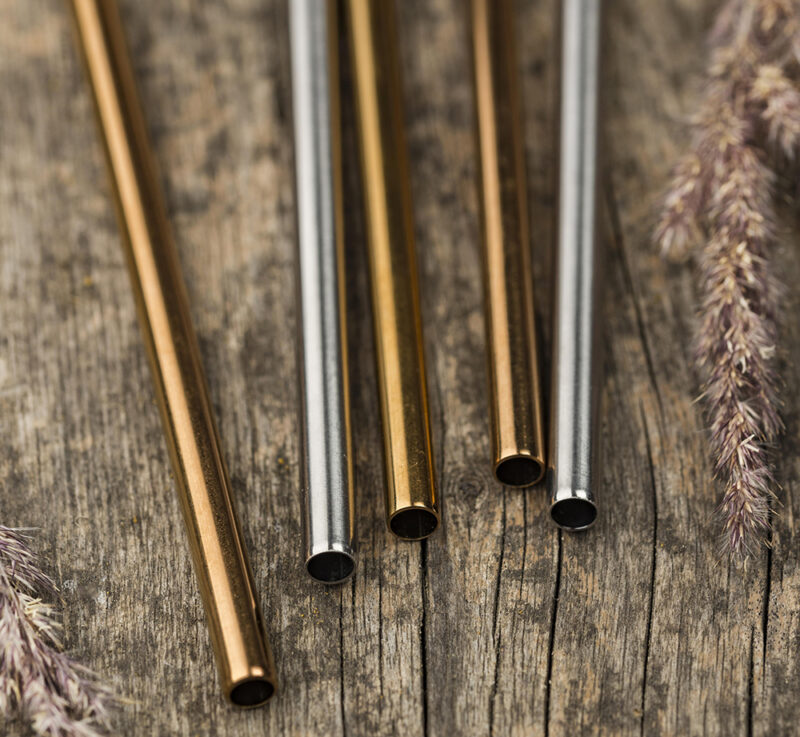
Selecting copper tubes with fins that are suitable for specific application scenarios requires consideration of several factors, and the following are some key points:
Application Environment
Temperature Requirements: Select the appropriate copper tube material and fin type based on the temperature range of the application environment. For example, in a high-temperature environment, high-temperature-resistant copper tubes made of purple copper can be used with fins that dissipate heat well, such as serrated fins, to enhance heat dissipation; in a low-temperature environment, the low-temperature toughness of the copper tubes should be taken into account to prevent brittleness and cracking.
Humidity and corrosion: If the application scene has high humidity or corrosive media, it is necessary to choose copper tubes with good corrosion resistance, such as copper with high copper content, and anticorrosive treatment of the fins, such as the use of galvanized or anticorrosive coating of the fins, in order to extend the service life of the finned copper tubes.
Heat Exchange Requirements
Heat Exchange Efficiency: Select the structure and parameters of the finned copper tube according to the required heat exchange efficiency. For scenarios with high heat exchange efficiency requirements, such as condensers for large air conditioning systems, finned copper tubes with small fin spacing, high fin height and thin fin thickness can be selected to increase the heat dissipation area and heat transfer coefficient.
Refrigerant or heat medium characteristics: Different refrigerants or heat mediums have different requirements for the material and surface characteristics of copper tubes. For example, ammonia refrigerant has a corrosive effect on copper, can not use pure copper finned copper tube, but should use corrosion-resistant copper alloy; for some viscous heat medium, in order to reduce the resistance to flow, you can choose the smooth inner wall of the copper tube.
Space and installation conditions
Space limitation: Consider the space size of the installation location and select the appropriate size and shape of the finned copper tube. If space is limited, compact finned copper tubes, such as micro-channel finned copper tubes, can be used to achieve higher heat exchange efficiency in a smaller space.
Installation: Select the appropriate finned copper tube structure according to the actual installation method. For example, for vertical installation, consider the effect of gravity on the finned copper tube and select a structurally stable fin form; for horizontal installation, pay attention to the fin arrangement to ensure smooth air flow.
System Pressure and Flow
Pressure Requirement: Select the finned copper tube with suitable pressure resistance according to the working pressure of the system. In high-pressure systems, such as large-scale industrial refrigeration systems, copper tubes with thicker wall thickness and higher strength need to be selected to ensure safe operation of the system.
Flow characteristics: according to the flow of heat or refrigerant to choose the appropriate diameter of the finned copper tube. When the flow rate is larger, copper tubes with larger tube diameter should be selected to reduce the flow resistance and improve the operating efficiency of the system.

